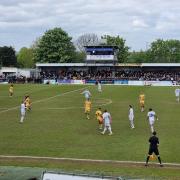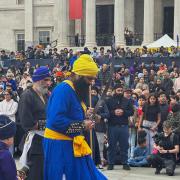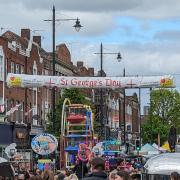
I recently read a speech by Lord Neuberger, President of the Supreme Court, regarding his retirement and the role of the Court, which will be hearing an appeal concerning Brexit on the 5th of December, on whether the procedure under article 50 of the EU Treaties for the UK to leave the EU can be started by government alone or whether they need an Act of Parliament. This places the Supreme Court at the centre of political debate, as can be seen by the Daily Mail headline commenting on the decision which is the subject of the appeal before the Supreme Court: ‘The judges who blocked Brexit: One who founded a EUROPEAN law group, another charged the taxpayer millions for advice, and the third is an openly gay ex-Olympic fencer’, followed by a claim that the judges are the ‘Enemies of the people’.
But who are the Supreme Court? The idea started originally from the House of Lords, from which came the Law Lords who finalised appeals from all parts of the UK. By the 1940s, appeals had gone from being heard in the chamber of the House of Lords to in a committee room. Over the first 130 years of its existence the court progressed from the initial two to its current size of twelve judges in 1994. Although they maintained respect for differences within law and heard cases relating to the whole of the UK, in the early 1990s they consisted of nine Justices from England and Wales, two from Scotland and one from Northern Ireland. Later government decided to mark a clear difference between these so called Law Lords and Parliament, as mentioned in the Neuberger speech: “in the twenty first century it looked very odd…that the top domestic court was physically located in the same building as the national Parliament…”, thus was born the United Kingdom Supreme Court.
In light of the fact that currently out of the eleven judges there is only one woman, and none come from greatly disadvantaged backgrounds, diversity within their members is something they are working to achieve. Over the next few years around half of the judges will have retired and therefore they are currently encouraging those from less represented groups to apply to their sessions regarding applying. These include an ‘insight session’ involving a tour; the chance to sit in court and a meeting with a Justice, all on a one-on-one basis. In addition, the Supreme Court are also attempting to bring their cases to sit in different locations, for example Edinburgh, Cardiff of Belfast, where they hope to be able to hear cases not just related to that country but from all across the UK. They plan that to do this to remind the public they are a UK court. This is relevant to the Brexit issues which concerns Welsh, Scottish and Northern Ireland administrations.
Another key difference in the Supreme Court is the manner of their cases. This relates to not only the type of cases, which I will cover shortly, but how they are sat. They sit with around five judges per case rather than all together, as this allows them to hear more cases and also makes them more manageable for judges and advocates alike. Though this may seem disadvantageous in the aspect that having different judges could affect the outcome of the appeal, the random selection eliminates this possibility. Furthermore, linking back to their aims for diversity, Neuberger mentions that he believes the rotation of who a judge sits with ’subject[s them] to a degree of variation’, which avoids them getting entrenched in particular ways of thinking.
As stated in the opening paragraph, they currently face a controversial issue regarding Brexit, however they are used to this in terms of the cases they hear. This is shown clearly when relating to the Human Rights Act 1998. In 2015-16 around 35% of their cases were about public law or human rights. Many of these cases go to deeply contested issues such as treatment of terrorist suspects and immigration and rights or minorities or vilified sections of society. Some examples include the Nicklinson case in 2013-14, relating to any assisting of suicide, in essence euthenasia, and also the Keyu case on the allegation that the British Army killed many Malays 70 years ago.
To conclude, the Supreme Court is well placed to be hearing this appeal and whatever the outcome, it will be a fitting finale to Neuberger’s career.



























